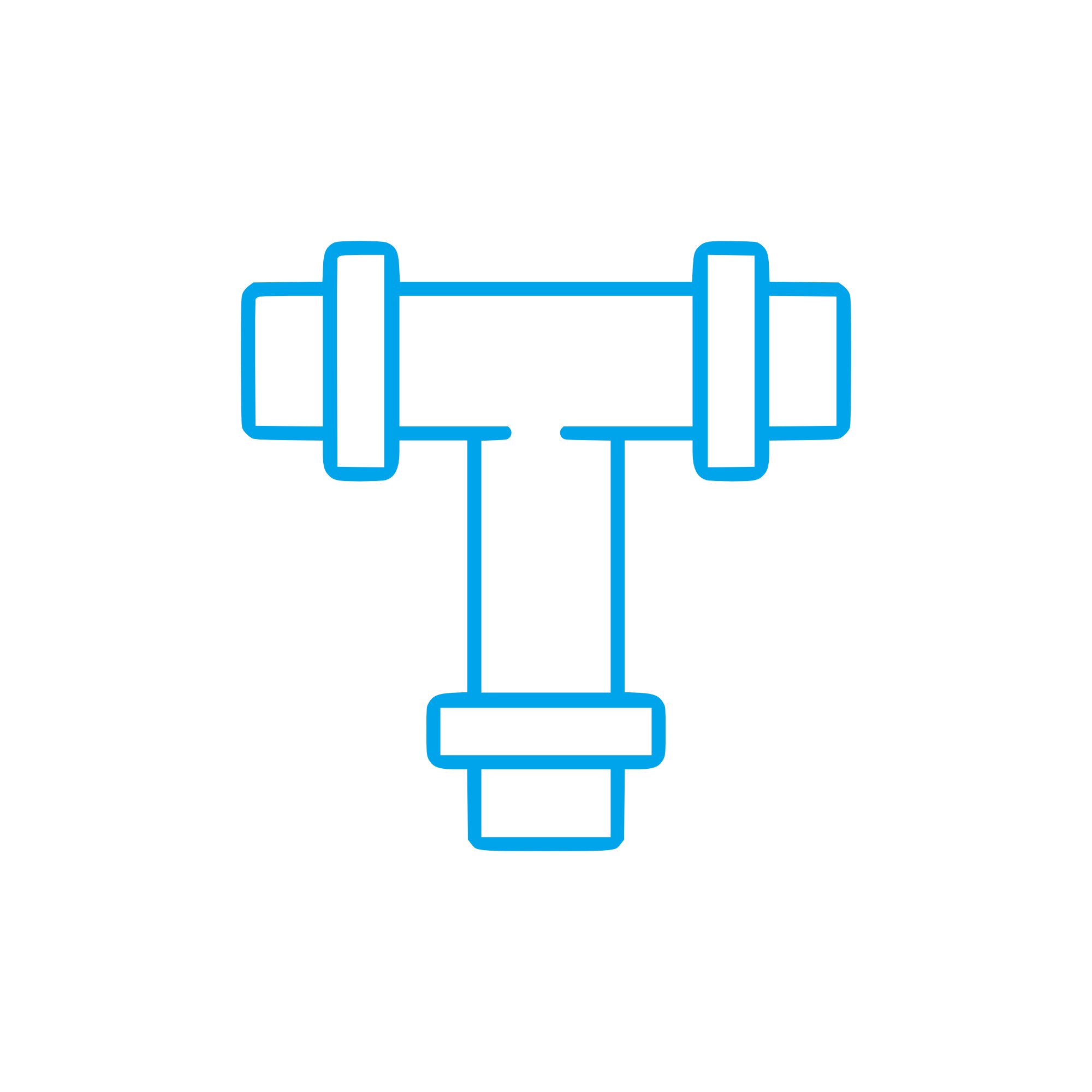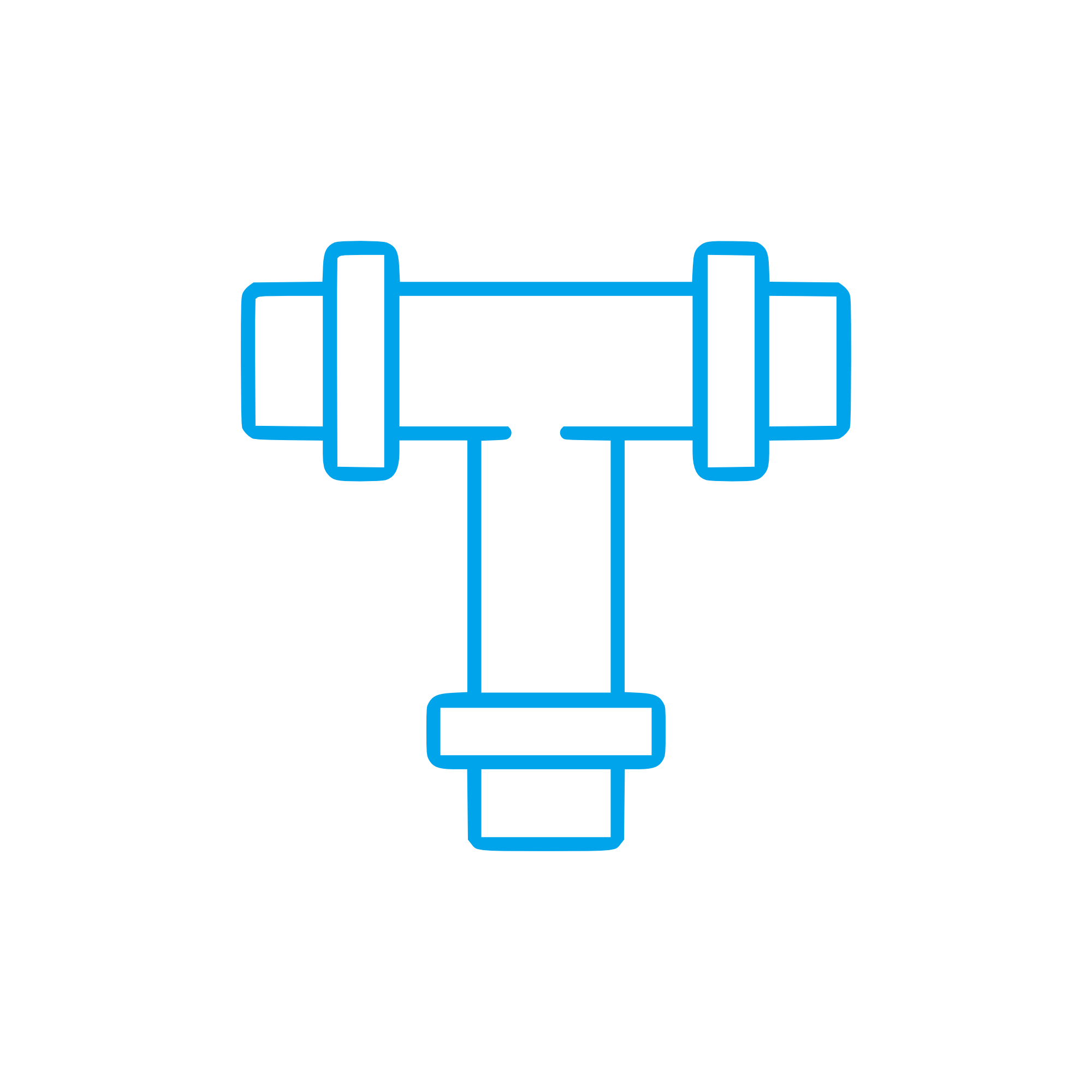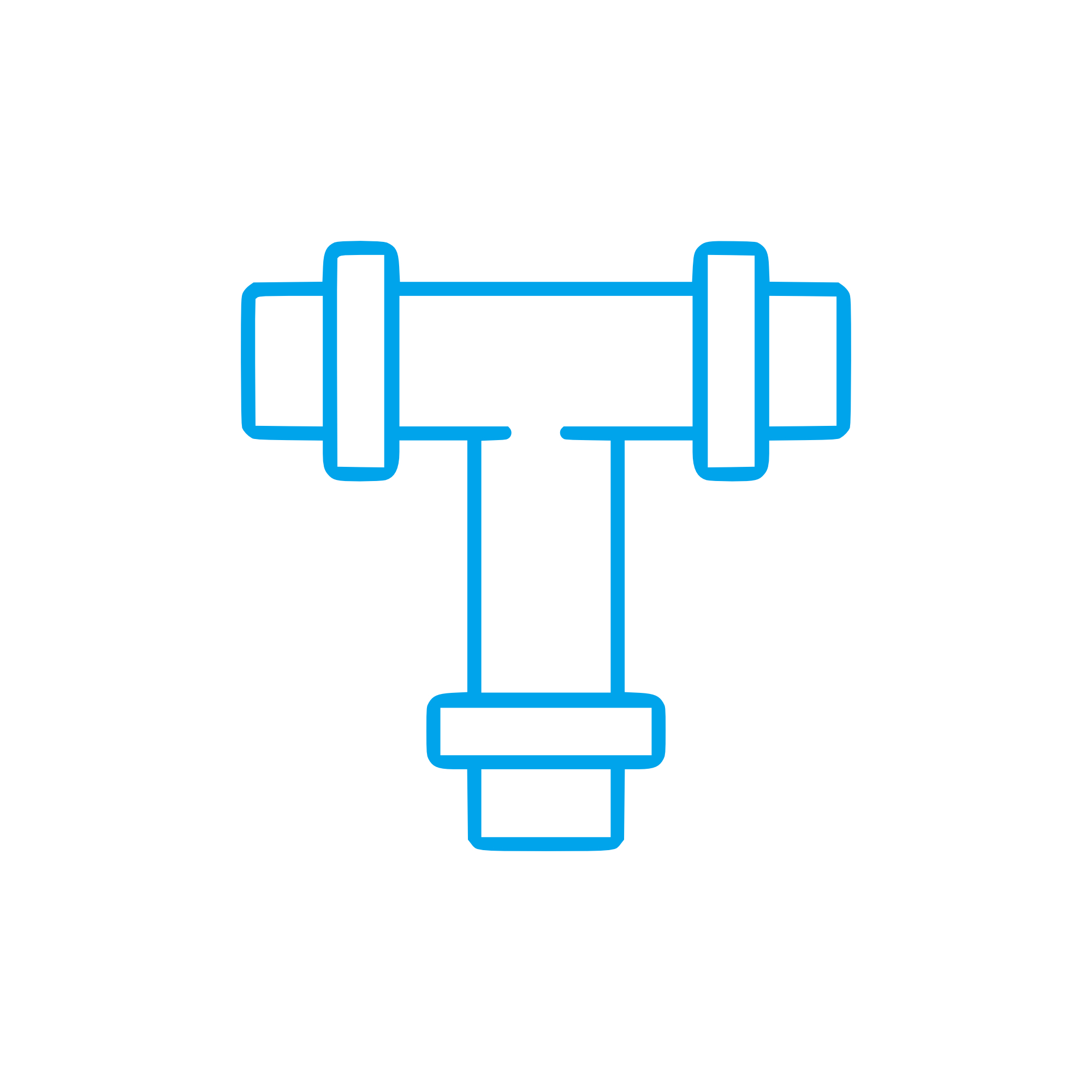FUEL LINE and precision lines and pipes for demanding diesel and marine engines
Lines and pipes are the circulatory system of any engine. This article category covers rigid tubes and flexible conduits that route vital media—fuel, lube oil, coolant, and charge air—between pumps, filters, injectors, coolers, and actuators. In marine engines and power-generation sets, correctly engineered lines and pipes maintain pressure, flow, cleanliness, and temperature control. Their geometry, material, and connection integrity directly influence performance, efficiency, and operational safety.
From high-pressure FUEL LINE assemblies to coolant crossovers and turbocharger oil feeds, each conduit is dimensioned to withstand pressure pulsations, vibration, and thermal cycling. For shipowners and plant managers, selecting and maintaining the right lines and pipes is as important as the rotating machinery itself.
FUEL LINE and engine lines and pipes: technical function in diesel engine and marine engine applications
The FUEL LINE in a diesel engine carries fuel from the low-pressure transfer stage to the high-pressure pump and onward to injectors. In modern common-rail systems, injector FUEL LINE segments see pressures up to 1,800–2,000 bar; they must preserve pressure wave fidelity to ensure precise injection timing and atomization. On many marine engine installations, double-walled high-pressure FUEL LINE designs with leak-detection sleeves mitigate spray and fire risk in accordance with class and SOLAS requirements. Low-pressure supply and return lines must resist permeation, collapse, and aeration while keeping suction losses low to protect pump longevity.
Beyond fuel, engine lines and pipes perform equally critical tasks:
- Lube oil pipes distribute filtered oil to bearings, camshafts, and turbochargers, maintaining hydrodynamic films and removing heat. They are sized for minimal pressure drop and equipped with clean, deburred interiors to protect clearances measured in microns.
- Coolant pipes connect engine blocks, thermostats, and heat exchangers. Materials such as CuNi 90/10 or 316L stainless resist seawater corrosion in marine engine cooling circuits, while bend radii and supports prevent stress cracking.
- Charge-air piping links turbochargers, intercoolers, and intake manifolds. Smooth internal surfaces minimize turbulence; robust clamps and bellows accommodate thermal expansion and vibration to safeguard sealing at high boost pressures.
Material selection and fabrication standards are key. Seamless precision tubes (e.g., EN 10305-1), stainless steels (AISI 316/316L), and marine-approved hoses (e.g., ISO 7840 for fuel) are common. End connections—24° cone fittings per DIN 2353/ISO 8434, 37° flare (JIC), or flanged joints—must match OEM geometry to prevent fretting, micro-leaks, and unintended stress.
- · High-pressure capability for common-rail FUEL LINE assemblies.
- · Corrosion-resistant alloys for marine engine environments.
- · Precision-bent geometries for stable flow and easy routing.
- · Vibration-optimized supports, clamps, and brackets.
- · Cleanliness-controlled manufacturing to protect injectors and bearings.
- · Heat and fire resistance where specified by marine standards.
- · Tested sealing interfaces compatible with OEM parts.
Why lines and pipes are critical for reliability, efficiency, and safety
Engine uptime depends on intact, correctly dimensioned lines and pipes. A minor leak in a high-pressure FUEL LINE can cause injection pressure collapse, misfiring, elevated fuel consumption, and visible smoke—quickly escalating to safety hazards. Air ingress on the suction side induces cavitation and accelerates pump wear. Inadequate lube oil piping leads to bearing distress, turbocharger failures, and metal debris circulation. Corroded coolant pipes trigger hotspots and thermal stresses that shorten head-gasket life. Charge-air leaks reduce boost, lower power, and increase exhaust temperatures.
Symptoms of deterioration include weeping at fittings, discolored clamps, chafe marks, hardening of flexible sections, and abnormal vibration. Regular inspection, torque verification of fittings, and scheduled replacement of aged lines—especially those exposed to heat and fuel—are essential preventive measures for both diesel and gas engines.
Advantages of OEM spare parts suitable for lines and pipes
Choosing OEM spare parts suitable for lines and pipes ensures that every detail aligns with the engineered specification of the engine: inner diameters for calculated flow, wall thickness for pulsation fatigue, bend geometry for clearance, and surface finish for minimal pressure loss. For a FUEL LINE in a diesel engine, this precision maintains injection dynamics and emissions compliance. For marine engine cooling and lube oil circuits, correct materials and coatings deliver long-term corrosion resistance and stable pressure profiles.
Key decision factors for purchasers and technical managers:
· Exact fit reduces installation time and eliminates rework or adapter compromises.
· Verified pressure ratings and burst tests enhance operational safety.
· Material certificates and traceability support class and audit requirements.
· Optimized flow and sealing interfaces protect injectors, pumps, and bearings.
· Longer service life reduces total cost of ownership and unplanned downtime.
· Compatibility with OEM parts prevents thread or flare mismatch and micro-leaks.
By using OEM spare parts suitable for FUEL LINE assemblies and related pipes, fleets benefit from consistent performance, reliable sealing, and predictable maintenance intervals—delivering strong budget control over the engine lifecycle.
MOPA: your partner for OEM parts — FUEL LINE, lines and pipes
MOPA supplies OEM spare parts suitable for lines and pipes across leading diesel and gas engine platforms. As a seasoned partner, we focus on speed, quality, and security throughout the procurement process. From high-pressure FUEL LINE sets for common-rail systems to coolant pipes and lube oil manifolds, MOPA provides swift quotations, short lead times, and global logistics support with robust packing and documentation.
Customers benefit from technical clarity on materials, connections, and pressure classes, along with pre-shipment checks that help ensure leak-tight installation on arrival. For marine engine operators, MOPA coordinates certificates and compliance documentation to support class requirements and smooth port calls.
Conclusion: lines and pipes keep engines efficient, safe, and productive
Lines and pipes—especially each critical FUEL LINE—are the backbone of reliable engine operation in marine and stationary applications. Their design and condition directly affect power, efficiency, emissions, and safety. Selecting OEM spare parts suitable for lines and pipes secures precise fit, correct materials, and proven pressure integrity—protecting performance, budgets, and service life across your fleet.




